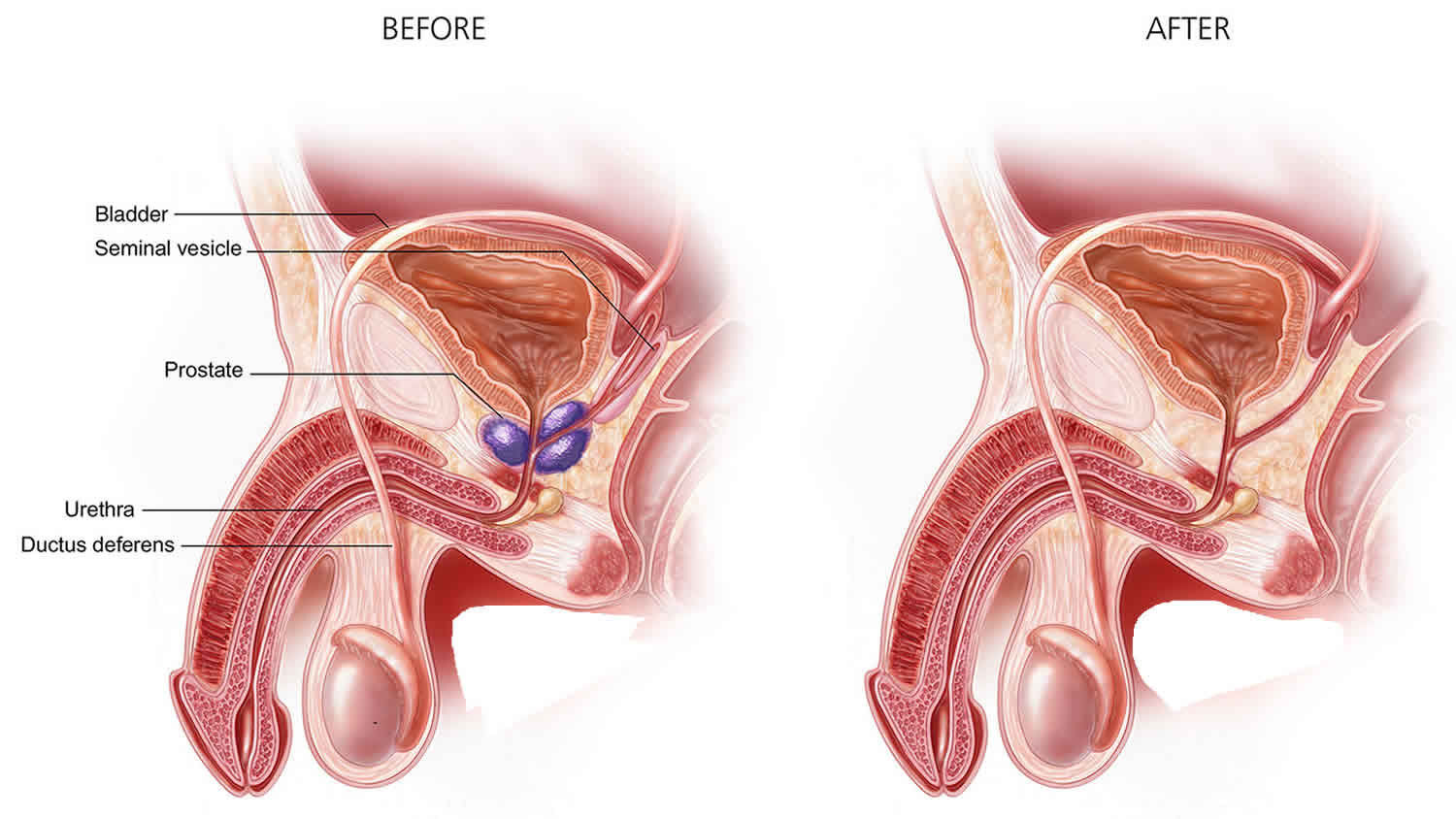

Simple Prostatectomy is a surgical procedure performed to remove the enlarged portion of the prostate gland that is causing urinary obstruction, typically due to Benign Prostatic Hyperplasia (BPH). Unlike Radical Prostatectomy, which removes the entire prostate to treat prostate cancer, simple prostatectomy removes only the inner, obstructive portion of the prostate, leaving the outer capsule intact.
Indications for Simple Prostatectomy
- Severe Benign Prostatic Hyperplasia (BPH): When the prostate is significantly enlarged (>80-100 grams) and causing severe urinary obstruction.
- Urinary Retention: Inability to empty the bladder completely despite medical treatment.
- Recurrent Urinary Tract Infections (UTIs): Due to incomplete bladder emptying.
- Bladder Stones: Resulting from long-term urinary retention.
- Hematuria (Blood in Urine): Persistent bleeding caused by an enlarged prostate.
How is Simple Prostatectomy Performed?
- Preoperative Evaluation:Imaging , Uroflowmetry and Blood Tests
- Anesthesia: Performed under general or spinal anesthesia.
Complications and Risks
- Infection or bleeding
- Urethral stricture or narrowing.
- Bladder neck contracture (rare).
Benefits of Simple Prostatectomy
- Improved Urinary Flow: Relieves urinary obstruction and enhances bladder emptying.
- Long-Term Relief from BPH Symptoms: Better outcomes compared to medications or minimally invasive procedures.
- Reduced Risk of Complications:Prevents kidney damage, infections, and bladder stones.
- Minimally Invasive Options Available: Faster recovery and less post-operative discomfort.
Simple Prostatectomy is a highly effective surgical option for treating severe Benign Prostatic Hyperplasia (BPH) when medications or less invasive treatments fail. It provides long-term relief from urinary obstruction and significantly improves quality of life, especially for patients with large prostates or severe symptoms.